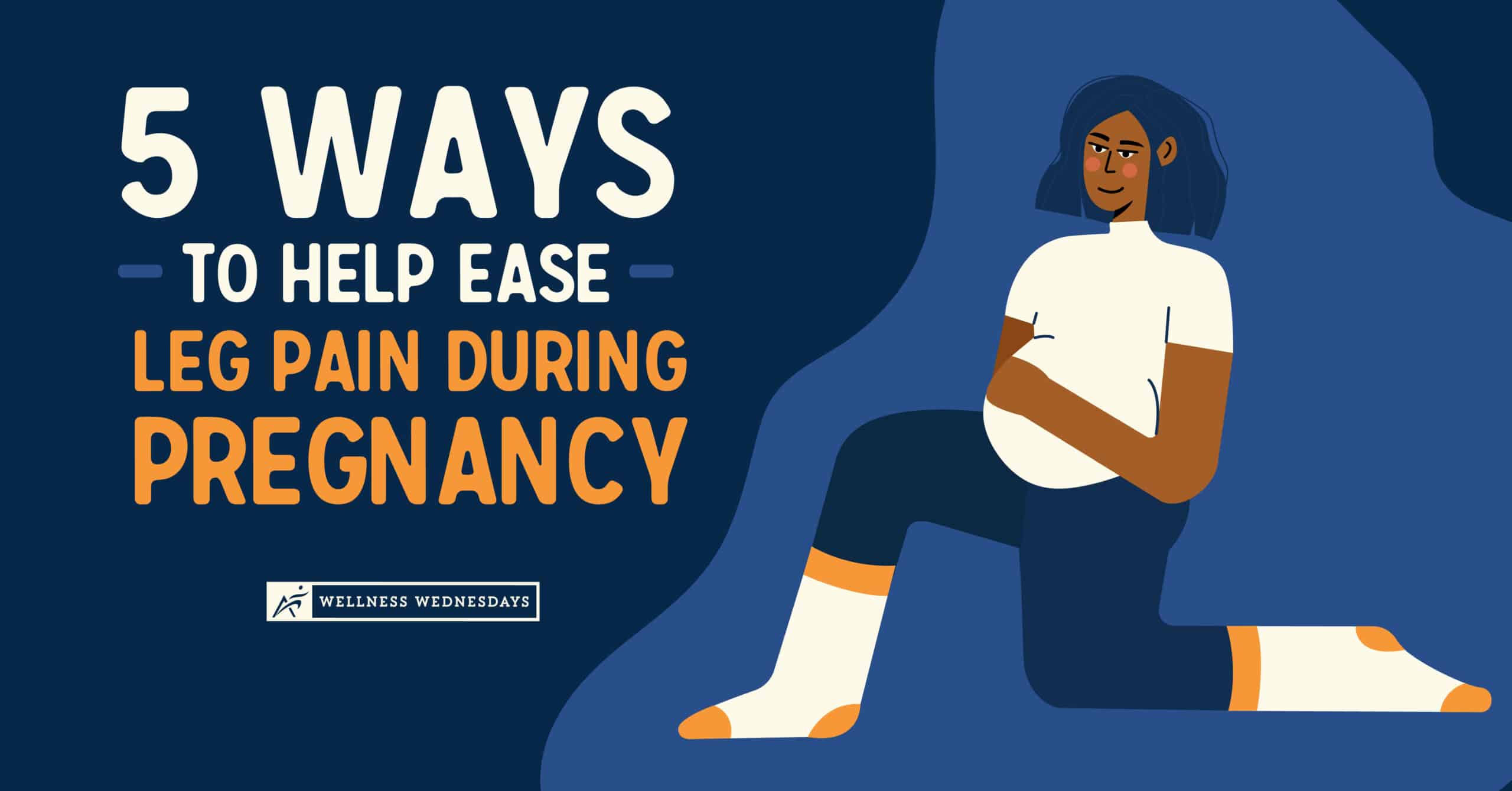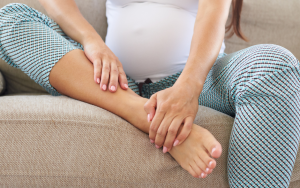
Leg pain during pregnancy is a common concern affecting many expectant mothers. As the body undergoes significant changes, aches and discomfort in the legs can become frequent, impacting daily activities and sleep quality. Understanding the causes of pregnancy-related leg pain and exploring effective relief methods can help pregnant women manage symptoms safely and comfortably. This article covers the main reasons behind leg pain during pregnancy, how to recognize symptoms, and practical tips for relief and prevention.
Several factors contribute to leg pain during pregnancy, ranging from physical changes to circulatory issues. Identifying the cause can guide proper treatment and help avoid complications.
As pregnancy progresses, the growing baby and uterus increase overall body weight, placing extra pressure on the legs and lower back. This added load can strain muscles, joints, and ligaments, causing pain and fatigue.

Pregnancy causes the body to produce more blood and fluid, which can slow down circulation, especially in the lower limbs. This leads to swelling, discomfort, and sometimes pain in the legs.
Varicose veins are swollen, twisted veins that commonly appear on the legs during pregnancy due to increased blood volume and pressure on veins. They can cause aching, heaviness, and cramping sensations.
Leg cramps, especially in the calves, are frequent in pregnancy, often worsening at night. While the exact cause is unclear, contributing factors may include changes in calcium and magnesium levels, dehydration, or poor circulation.
Pressure from the growing uterus can irritate the sciatic nerve, causing sharp or burning pain that radiates down one or both legs. Sciatica can be uncomfortable and limit mobility during pregnancy.
RLS is a condition characterized by an uncontrollable urge to move the legs, often accompanied by unpleasant sensations. Pregnancy increases the risk of developing RLS due to hormonal and iron level changes.
Recognizing symptoms helps differentiate normal pregnancy leg pain from more serious issues that require medical attention.
Seek medical advice immediately if you experience:
Many safe and effective ways exist to relieve leg pain during pregnancy and improve comfort.
Gentle exercise like walking, swimming, or prenatal yoga promotes circulation and reduces muscle stiffness. Always consult your healthcare provider before starting any exercise routine.
Raising your legs above heart level several times a day helps reduce swelling and improves blood flow.
Compression stockings provide support for veins and help prevent or reduce varicose veins and swelling.
Proper hydration helps prevent cramps, while a diet rich in calcium, magnesium, and potassium supports muscle function.
Good posture reduces strain on your legs and back. Avoid standing or sitting for prolonged periods without breaks.
Applying warm compresses can soothe muscle aches, while cold packs help reduce swelling.
Stretching the calf and thigh muscles, especially before bedtime, may reduce leg cramps and stiffness.
Proactive steps can reduce the likelihood and severity of leg pain throughout pregnancy.
Maintaining moderate physical activity improves muscle strength and circulation.
Following your healthcare provider’s guidelines on weight gain minimizes excess stress on your legs.
Wear supportive shoes with good arch support and avoid high heels to prevent foot and leg strain.
Sitting with legs crossed can restrict blood flow and worsen swelling or varicose veins.
While most pregnancy-related leg pain is benign, certain symptoms require urgent medical evaluation.
DVT is a blood clot in a deep vein, usually in the leg, which can be life-threatening if untreated. Symptoms include sudden swelling, severe pain, warmth, and redness in one leg.
This pregnancy complication can cause swelling and leg pain, often accompanied by high blood pressure, headaches, and visual disturbances.
Leg pain during pregnancy is common and can result from various factors such as increased weight, circulation changes, and nerve irritation. Recognizing symptoms and adopting effective relief measures like gentle exercise, leg elevation, and compression stockings can significantly improve comfort. However, it is crucial to monitor for signs of serious conditions like deep vein thrombosis and seek immediate medical care if necessary. Always consult your healthcare provider to ensure the safety and health of both mother and baby throughout pregnancy.